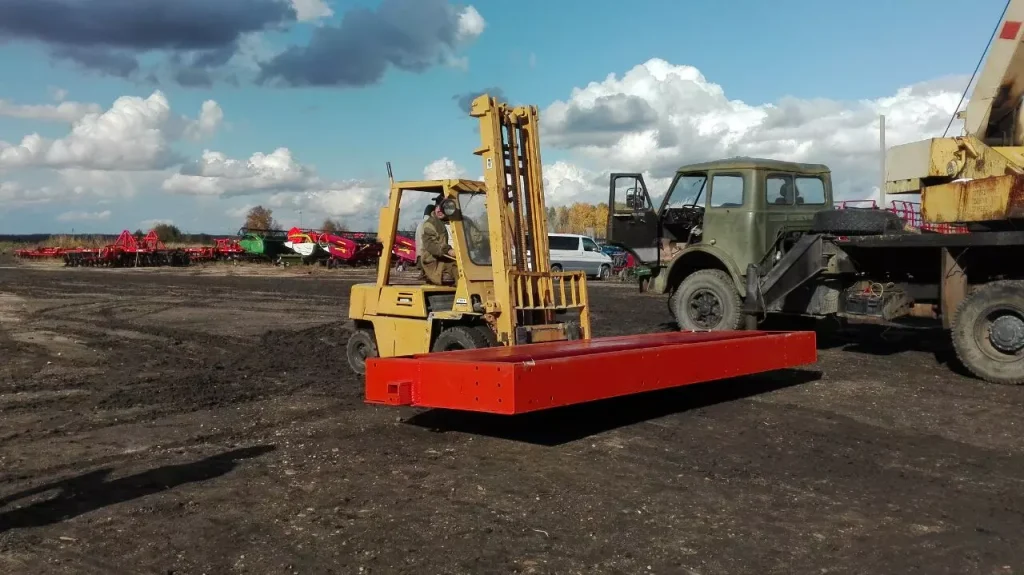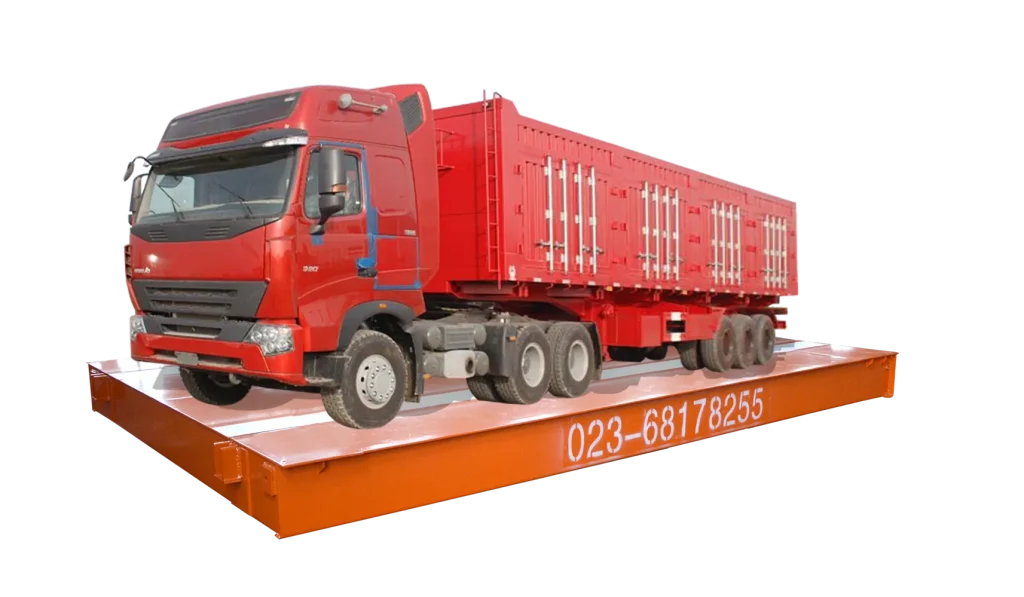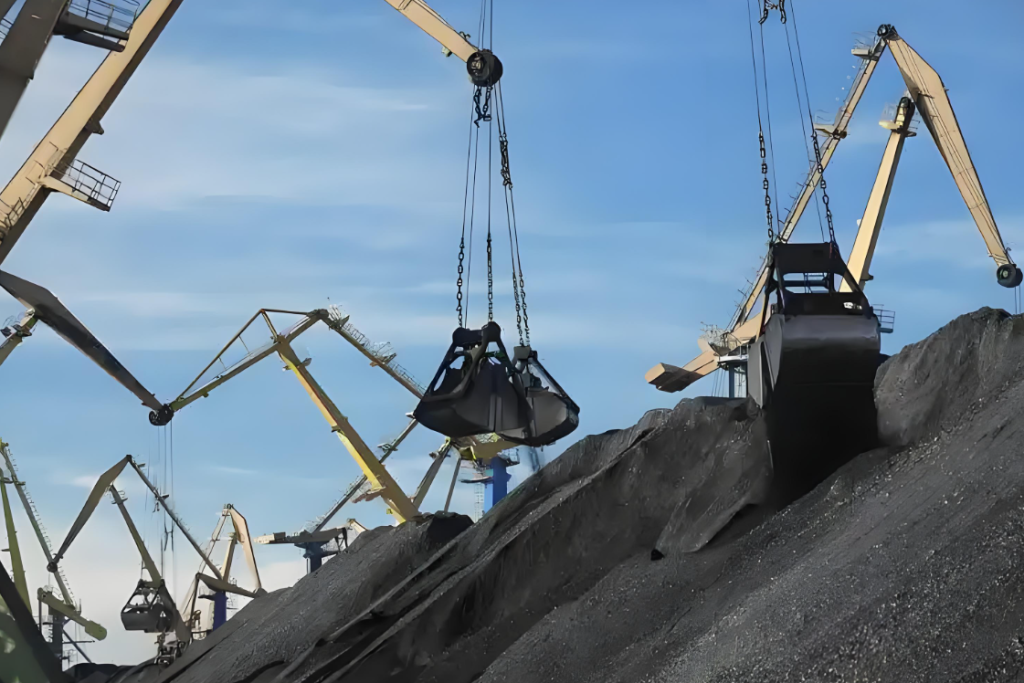Differences Between Belt Feeder and Belt Conveyor
Belt feeders and belt conveyors play important roles in material handling and industrial processes, but do you really understand the differences between the two? Although they can all be used in the same field, their purposes are different. Next, we will delve into the working principle of belt feeders, compare them with belt conveyors, and guide you when to use each system.
How Belt Feeder Work?
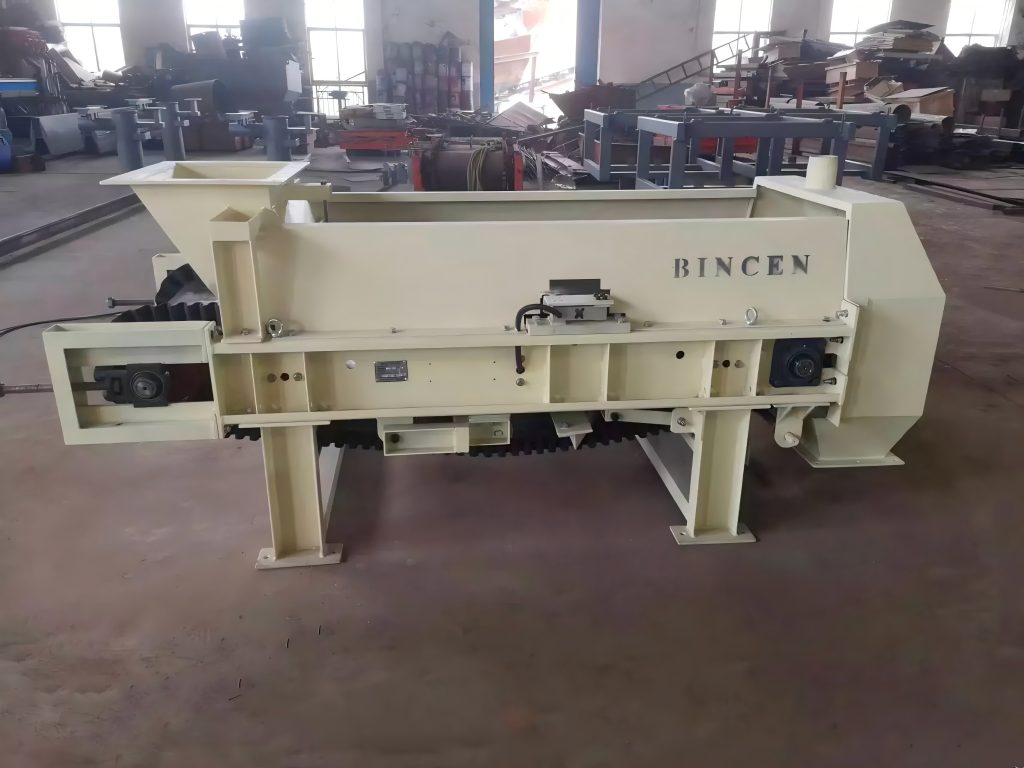
A belt feeder is a type of conveyor designed to regulate the flow of bulk materials. It ensures a consistent and controlled delivery rate to a downstream process, which is essential in various industries such as mining, agriculture, and manufacturing.
Components and Mechanism
Conveyor Belt: The conveyor belt forms a continuous loop that moves materials from the feed point to the discharge point. Made from durable materials like rubber or PVC, it is designed to handle various types of materials, including bulk solids and fine powders.
Drive Unit: The drive unit powers the conveyor belt, ensuring smooth and consistent motion. This is typically achieved through electric motors, hydraulic systems, or pulley and belt systems, depending on the specific requirements of the application.
Feed Hopper: The feed hopper is the initial loading point where bulk material is introduced onto the conveyor belt. It regulates the flow of material onto the belt, preventing overloading and ensuring an even distribution, which is crucial for efficient operation.
Speed Control: Speed control mechanisms allow for the adjustment of the belt speed to manage the flow rate of materials accurately. This can be accomplished using variable frequency drives (VFDs), pulley arrangements, or automated systems.
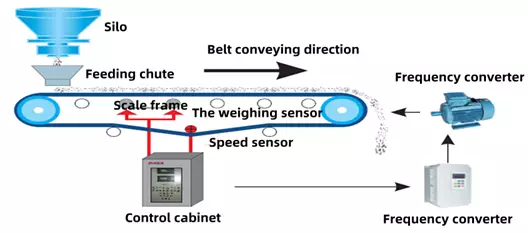
Operational Process
The operational process of a belt feeder involves several steps that work together to ensure the controlled and efficient delivery of materials to the next stage of the process.
- Material loading is the first step in the operation of a belt feeder. Bulk materials are loaded into the feed hopper, either manually or using automated systems such as front-end loaders or conveyor systems. The hopper holds the material and feeds it onto the conveyor belt in a controlled manner.
- Once the material is loaded into the hopper, the drive unit powers the conveyor belt, causing it to move. The belt movement carries the material from the feed hopper towards the discharge point. The speed at which the belt moves can be adjusted to regulate the flow rate of the material being transported.
- Flow control is a critical aspect of belt feeder operation. By adjusting the belt speed using the speed control mechanism, operators can precisely control the rate at which material is discharged from the belt feeder. This is essential in applications where a specific feed rate is required, such as in dosing systems or when feeding materials into crushers or mills.
- The final step in the operational process is the discharge of materials. As the conveyor belt moves, it carries the material to the discharge point, where it is released at a controlled rate. The material can then be transferred to the next stage of the process, such as into a crusher, mill, or another conveyor system.
Belt Feeder vs. Belt Conveyor
In a bulk material handling system, belt feeders and conveyors are important, but they serve different functions and have distinct design requirements. Misusing a conveyor as a feeder can lead to increased power consumption and the formation of stagnant areas within the bin. Therefore, it’s essential to carefully decide whether to use a feeder or a conveyor when designing a bulk material handling system to ensure optimal performance and efficiency.
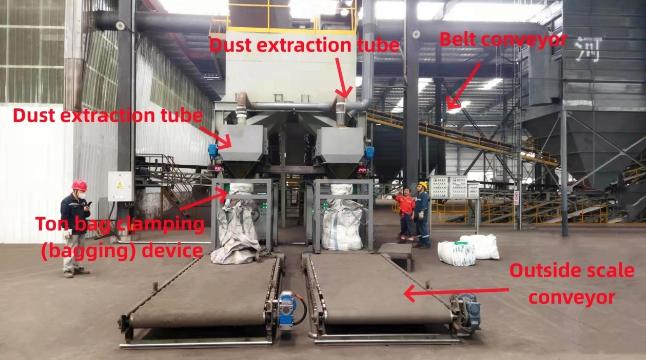
| Feature | Belt Feeder | Belt Conveyor |
| Purpose | Controls the flow rate of bulk materials | Transports materials over long distances |
| Design and Structure | Shorter length, wider belt, equipped with speed control mechanisms | Longer lengths, and narrower belts, focus on steady transportation |
| Flow Rate Control | High precision, adjustable | Generally fixed, not designed for precise control |
| Material Handling | Assembly lines, baggage handling, and mining operations for steady transport | Ideal for continuous movement of bulk or packaged materials |
| Typical Applications | Suitable for dosing systems, blending processes, feeding crushers, and mills | Longer length, and narrower belts, focus on steady transportation |
| Advantages | Precise control over feed rate, integration with other equipment | Efficient long-distance transport, steady movement of materials |
| Limitations | Typically handles smaller volumes due to design | Less precise control over material flow rate |
When to Use a Belt Feeder and Belt Conveyor
Choosing between a belt feeder and a belt conveyor depends on the specific requirements of your material handling process.
Use a Belt Feeder When:
- Controlled Flow is Crucial: If your process requires precise control over the rate at which materials are fed, a belt feeder is the optimal choice.
- Handling Bulk Materials: For operations involving bulk materials that need to be dosed or regulated, belt feeders provide the necessary control and accuracy.
- Integration with Other Equipment: In systems where materials need to be fed into crushers, mills, or blending equipment at a controlled rate.
Use a Belt Conveyor When:
- Transporting Materials Over Long Distances: For continuous and efficient transportation of materials across large areas.
- Handling Packaged Goods: Ideal for moving finished products or packaged materials along production lines.
- Steady Movement: When the primary requirement is to move materials from one location to another without the need for precise control over the feed rate.
Conclusion
Belt feeders perform excellently in applications that require flow control and precise material dosage, while belt conveyors are an ideal choice for smooth long-distance material transportation. By selecting a system that suits your specific needs, you can improve efficiency, reduce operating costs, and enhance the overall productivity of industrial processes.

